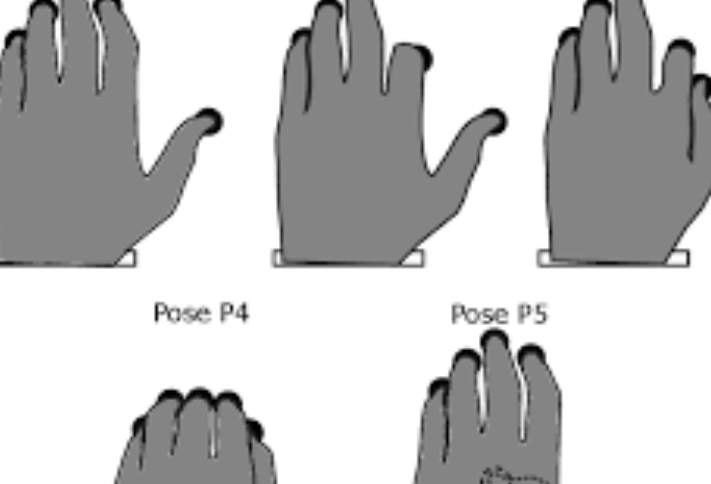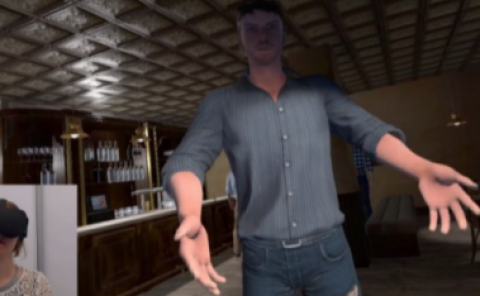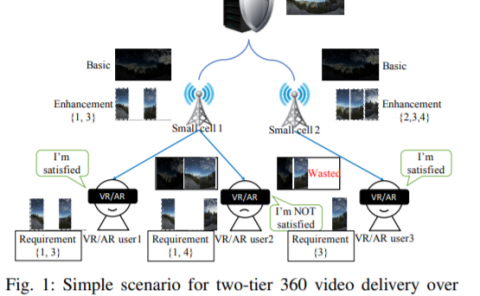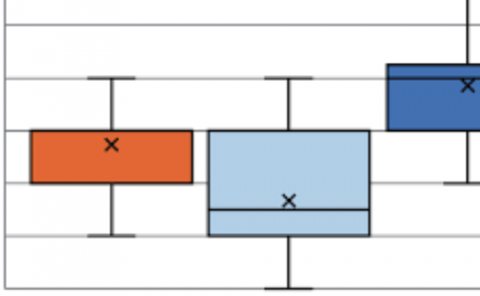Proprioceptive Localization of the Fingers: Coarse, Biased, and Context-Sensitive
PubDate: February 2019
Teams: University of California;Université Catholique de Louvain
Writers: Bharat Dandu; Irene A. Kuling; Yon Visell
PDF: Proprioceptive Localization of the Fingers: Coarse, Biased, and Context-Sensitive

Abstract
The proprioceptive sense provides somatosensory information about positions of parts of the body, information that is essential for guiding behavior and monitoring the body. Few studies have investigated the perceptual localization of individual fingers, despite their importance for tactile exploration and fine manipulation. We present two experiments assessing the performance of proprioceptive localization of multiple fingers, either alone or in combination with visual cues. In the first experiment, we used a virtual reality paradigm to assess localization of multiple fingers. Surprisingly, the errors averaged 3.7 cm per digit, which represents a significant fraction of the range of motion of any finger. Both random and systematic errors were large. The latter included participant-specific biases and participant-independent distortions that evoked similar observations from prior studies of perceptual representations of hand shape. In a second experiment, we introduced visual cues about positions of nearby fingers, and observed that this contextual information could greatly decrease localization errors. The results suggest that only coarse proprioceptive information is available through somatosensation, and that finer information may not be necessary for fine motor behavior. These findings may help elucidate human hand function, and inform new applications to the design of human-computer interfaces or interactions in virtual reality.



